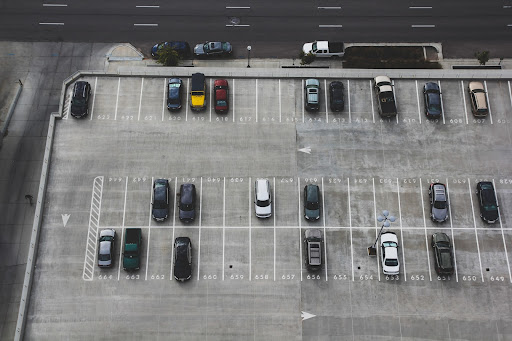When it comes to reversing your car, you need to make sure that you’re using the right tools. You can’t just use a rear-view mirror—it’s not safe! That’s why you need one of two things: either a backup camera or parking sensors.
A reverse camera is a great option to have, but parking sensors can be just as effective
A reverse camera is a great option for your car, but it might not be the best option for you. If you’re looking to save money and still get the same protection from a reversed vehicle as you would from a rearview camera, then parking sensors are the way to go. Parking sensors are much cheaper than reverse cameras and can be installed in less than an hour. They also have more accurate detection distances than rearview cameras do–this means that when you put your car into reverse mode or park it on an incline or decline, your system will detect any obstacles behind or near your vehicle before they become an issue.
They may not seem like much at first glance (and they aren’t), but if this is something that interests you then take some time reading reviews online before making any kind of decision about what kind of product would work best based on what type of vehicle.
Parking sensors add an extra layer of safety to your car when reversing
Parking sensors can be installed in the front or back of your car, on both sides, or even around the entire vehicle. They detect objects behind you and output an audible beep that will sound if there is something within their range. This allows you to avoid hitting objects behind you when reversing out of a parking spot or driveway.
Parking sensors are especially useful for larger vehicles like trucks and SUVs where visibility is limited due to their size and shape compared with smaller cars like sedans or hatchbacks.
Reverse cameras can help with multiple cars in the family
If you have a rear-view camera installed on one car, you can easily share it with others in your family who also want to use it.
This can be especially useful if you have children and want them to learn how to drive safely before they get behind the wheel. Instead of teaching them in an unfamiliar vehicle, why not let them practice using your own car? It’ll be easier for both of you!
You can use your phone as a backup when using parking sensors
You can also use it as a backup when using reverse cameras.
You’ll want some form of backup no matter what type of system you have installed in your car, though the type of backup may vary depending on which system you have installed and how much money you want to spend on additional equipment (e.g., if you have parking sensors but no reverse camera).
Parking sensors don’t need to be mounted as high up as reverse cameras do
Reverse cameras are mounted higher up on the vehicle, since they need to be able to see what’s behind your car. Parking sensors, on the other hand, don’t need to be mounted as high up as reverse cameras do-they just need to be placed in a position where they can detect objects around your vehicle. That means they can actually be mounted lower than the camera and still work effectively.
If you have a tall car or SUV (like an SUV), then installing both a reverse camera and parking sensors may not be necessary because there’s enough space for both of them without having to mount them too high off of ground level. However, if you drive a smaller vehicle like an economy car or hatchback where space is limited inside of it (and outside), then installing both could become challenging due to how far apart these items would need installed from one another.
Reverse cameras are easier to install than parking sensors
Rear-view cameras are a one-time purchase, while parking sensors need to be installed by a professional. While this may seem like an insignificant difference at first, it’s important to keep in mind that rear-view cameras, which you can buy at reputable Polaris can be installed in minutes and don’t require any wiring or drilling into your car. Parking sensors, on the other hand, need to be professionally installed and require wires running across your vehicle’s undercarriage–which means that you’ll likely end up paying more money overall for them than you would if you just bought a rear-view camera from the start.
Reverse camera vs parking sensors: Which is better?
Reverse cameras have become increasingly popular in recent years, thanks to the significant safety benefits they offer. If you’re thinking about installing a reverse camera, you may be wondering whether it’s better than parking sensors.
The answer is that both systems have their own advantages and disadvantages, and it’s up to you to decide which one works best for your needs.
We hope you’ve gained a better understanding of the differences between reverse cameras and parking sensors. Both are great options for keeping you safe when reversing, but each has its own set of pros and cons.




